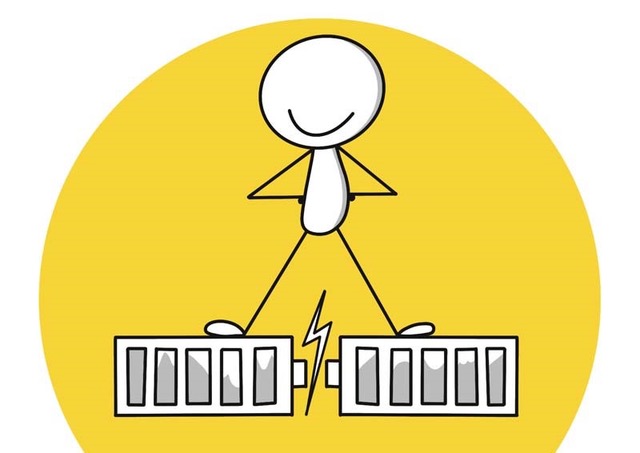Grip on anxiety

Your work in healthcare is valuable! Care providers can make a difference for a client, for a system, and for everyone involved. At the same time, concerns are growing, there are more people in need of assistance, more help is needed! Unfortunately, we are seeing increasing pressure from work, patients, clients, and healthcare insurance companies… Everything must be done more and more quickly. Meanwhile, the quality of your work must remain high! Without positive results, the demand for healthcare will only increase. Furthermore, where people work from their passion it’s even more important to achieve positive results in order not to get burned out. Healthcare is characterized by these two factors that often seem to clash. Fortunately, this problem also stimulates creativity and problem-solving. We see care providers with brilliant ideas! Beautiful creative initiatives lead to good results.
Working with templates is one of the ways that can help you manage time more efficiently without sacrificing quality! Here are some examples of how templates can support you in your work:
- A template can be filled in by the client before a session with a simple explanation, allowing you to get straight to the point during the session
- A completed template can be taken home by a client and used as a summary of the conversation in discussions with others
- An empowering template can be saved as a screensaver on the phone or taken home and displayed prominently. This way, the client is regularly reminded of what was previously discussed
- A photo of a completed template can be sent to the client as a reminder before a subsequent session. This refreshes the previous conversation, reduces the need for repetition, facilitates reflection, and allows for faster progress
Here I’ll share a template that I have used extensively as an art therapist and show you how it works.
You can download this template plus 2 more for free as we give away 3 templates from our book on our website here.

“Grip on anxiety” is one of the 101 visual conversation templates included in our book “Conversations visualized” In the book, there is a brief set of instructions, which is copied here;
“The “traffic light” is widely used for the exploration, de-escalation, and prevention of uncontrolled emotions. The first column shows the phase in the build-up of anxiety: green is “relaxed”, red is “danger of explosion”. In the second column, the client can indicate how people notice their condition from the outside. In the third column, the client can describe what they feel throughout the different phases. The fourth column can be used to research and describe what the client can do to maintain or regain control. The final column can used to research and describe what the other person can do to help.
I used this template in my work with children, teenagers, and adults. Using this template helps to provide structure in discussions about escalating anxiety, associated thoughts, feelings, and behaviors, as well as stabilization or de-escalation. Working with a conversation template like this ensures that the client and their care provider are not sitting opposite each other but next to each other. They are not looking into each other’s eyes but at the template they are filling in. This helps create a relaxed atmosphere and a collaborative relationship. Additionally, working with this template forces you to stay focused and to the point. You simply can’t ramble on endlessly; you have to capture the essence in keywords within the available space. This keeps a complex topic manageable. Moreover, when the image is filled in, it provides the client with tools to communicate the content of the conversation to important third parties. For example, a young person can explain to parents what was discussed in the session using the completed template. Furthermore, it will be easier for the client to recall the conversation. The visuals help information stick in their memory. By taking a photo of the template on their phone, the client can easily refer to it when needed.
In short, do you work with clients who experience increasing anxiety? Then I would say, “Use this template as a guide in your conversation and experience the positive effects of working with a visual conversation template yourself!”
Do you want to use drawing and templates more in your sessions or conversations? Our book “Conversations visualized” might be just right for you. In this book, we have gathered 101 conversation templates that can be readily used by care providers or therapists. We wish you a lot of valuable drawing pleasure!
